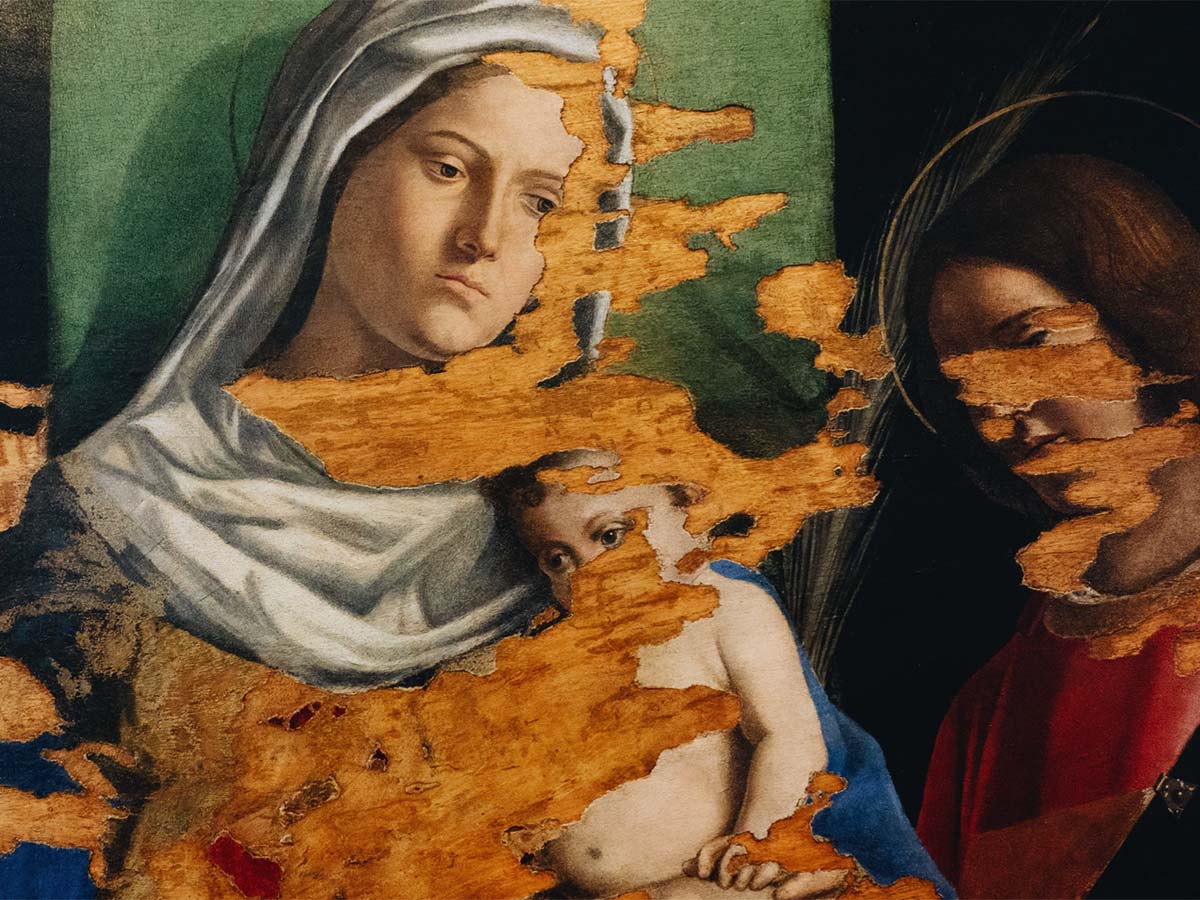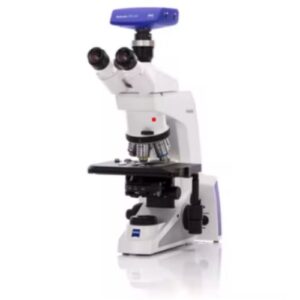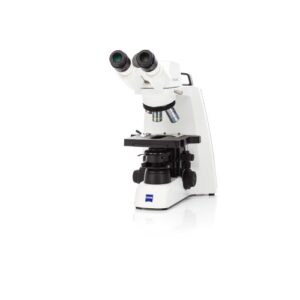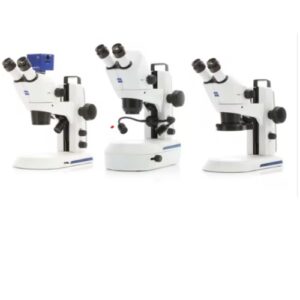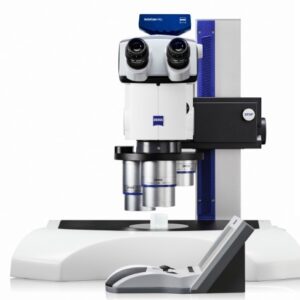Source: Unsplash
Some of the world’s most prized possessions are in art museums. Not only do they offer a curated look at history and culture, museums are also doing impressive art restoration and conservation behind the scenes. The stakes for restoration are high: there aren’t “do-overs” when it comes to once-in-a-generation works of art, and some pieces are so rare we may never have anything of their quality or prestige again. So how are microscopes used in art conservation and restoration? How do art conservationists preserve their works of art for generations to come?
Microscopes to the rescue!
Microscopes allow art conservationists to maintain a “leave no trace” policy in their work. They need tools that allow for contact-free and nondestructive restoration methods, especially when handling pieces where a mere touch of your finger could cause permanent damage.
Analyzing, restoring, conserving and documenting artistic works or cultural artifacts require complex technical skills and tools. Combining with digital camera technology and image analysis software, art conservation microscope solutions are designed for the different fields of activity of restorers, art historians, archaeologists and experts in conservation workshops and museums.
Hidden Stories
All microscopy solutions optimize detail-accurate work on the specimen, microscopic analysis of structures and materials as well as documentation. They allow us to learn more about these objects by reading their hidden stories.
Ceramics
For example, glass, ceramic, and stone objects can tell a lot under the microscope. Material analysis can help us date their creation and locate their origin. High-resolution microscope solutions enable us to analyze objects of different sizes and shapes and see tiny details that help us even determine things like authenticity, quality, and purpose.
Paintings
Even paintings have stories to tell beyond their outer coat. High-resolution and high-performance microscopes can help art historians determine the authenticity of a particular work or analyze certain pigments. Through a stereomicroscope, for example, the art historians can get a detailed look at how paint has been layered on an artwork. Through the 3D stereo view of the microscope, the researchers can determine if paint was added on at a much later date. Perhaps to detect a fake signature or other dubious alterations.
Paper and Pigments
Paper artifacts like books, scrolls, and sketches are extremely fragile but likewise contain hidden facts. Digital and stereo microscopes combine maximum resolution and the greatest depth of field to reveal details like finishing techniques, treatments, and retouches. A technique called mass spectrometry can be used to identify exactly what pigments were used on paper artifacts. For instance, if we detect the presence of pigments that were not yet created when the artwork was supposedly made, it is a good indication that the piece might be fake or contain prior restorations.
For the sake of art
Art restoration has moved the needle when it comes to applications of microscopes. We’re not always looking at things that are alive today like we would in biology class. Rather we’re directly looking at the past and the incredible stories to be told. It’s thanks to microscopes in part that we’re able to enjoy our most valuable artifacts and appreciate their full history.

